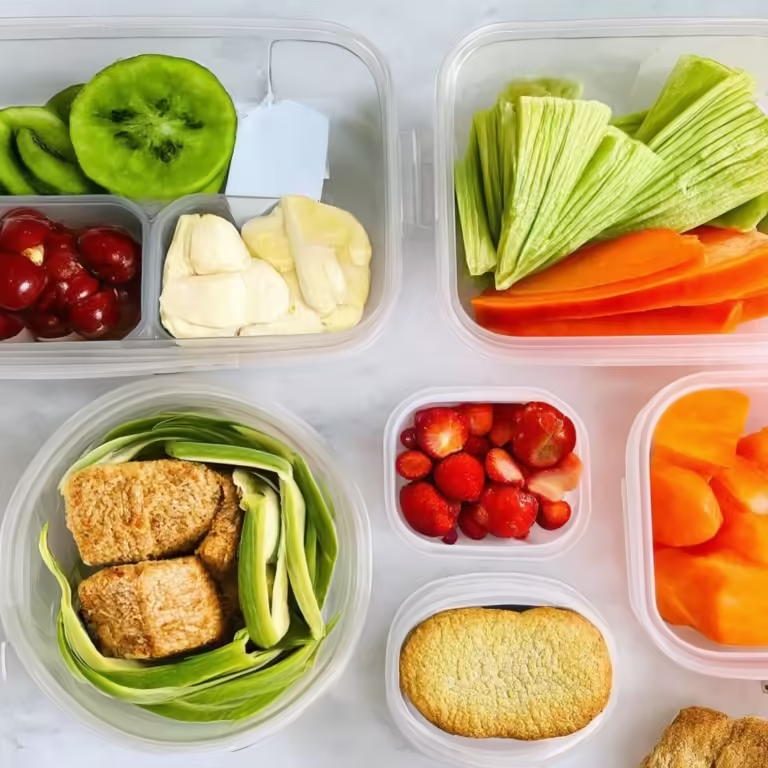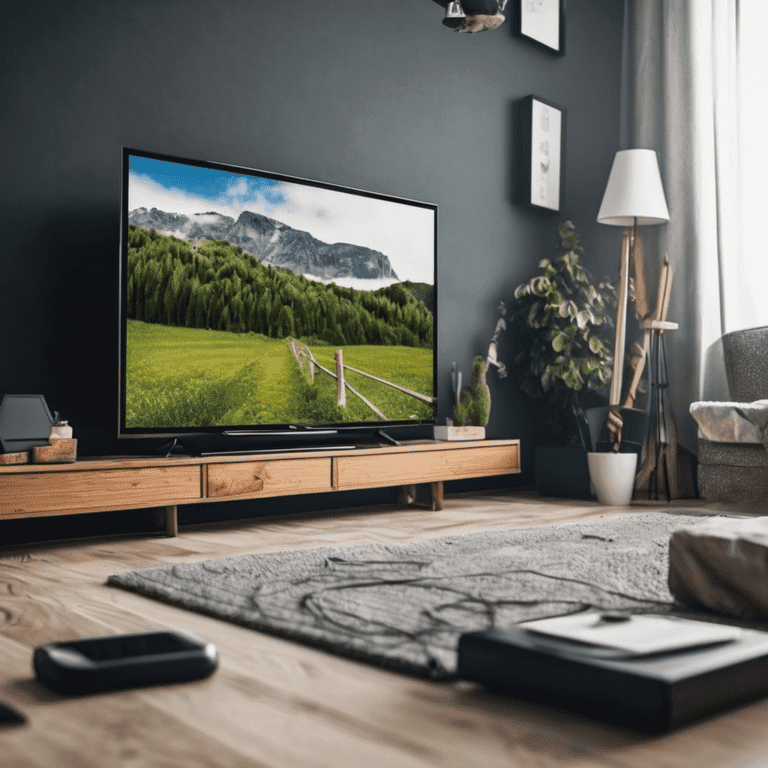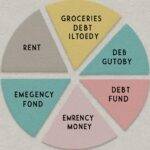Table of Contents
Setting up a budget planner is the cornerstone of achieving your financial goals. It’s more than just tracking numbers; it’s a roadmap to financial security and peace of mind. Let’s dive into how you can personalize your budget planner for success.
Step 1: Choose Your Ideal Budget Planner for Success
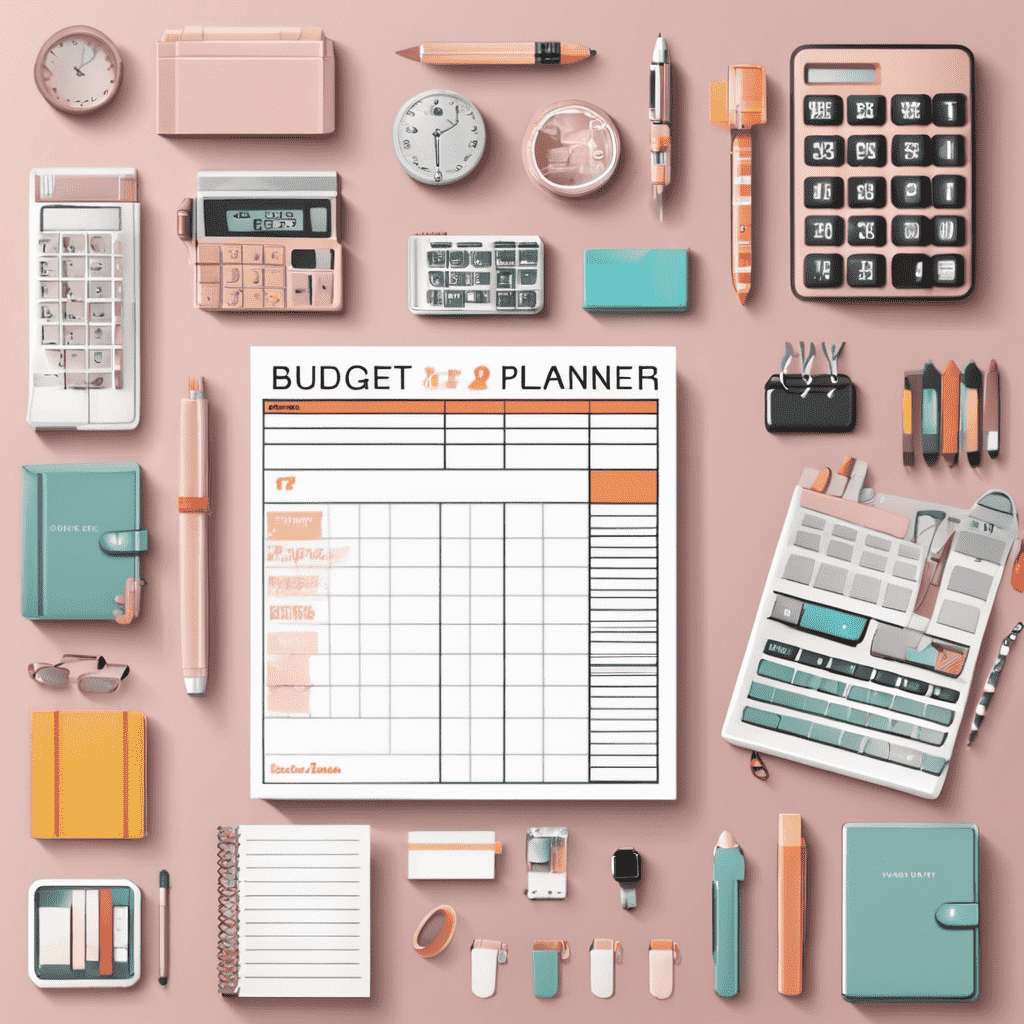
The first step in your budget planning journey is selecting the right tool. There are countless options available, from traditional pen-and-paper planners to sophisticated digital apps. Here are some popular choices:
Digital Apps: These offer convenience, automatic calculations, and often sync with your bank accounts for real-time updates. Popular choices include Mint, YNAB (You Need A Budget), and EveryDollar.
Spreadsheets: If you prefer a DIY approach, Excel or Google Sheets allow you to create customizable budget templates.
Physical Planners: These tangible tools can be satisfying to use and help you visualize your finances. Look for planners with dedicated sections for income, expenses, and savings goals.
Step 2: Personalize Your Budget Planner
Your budget planner should reflect your unique financial situation and goals. Here’s how to personalize it:
Categorize Income: List all your income sources, including salary, freelance work, investments, and any other regular income streams.
Categorize Expenses: Divide your expenses into fixed (rent, utilities, debt payments) and variable (groceries, entertainment, dining out) categories. Consider adding subcategories for more detailed tracking.
Set Financial Goals: Define your short-term (emergency fund, vacation) and long-term (retirement, down payment) Budget Planner for Success. Assign specific amounts and timelines to each goal.
Step 3: Track Your Spending
The heart of any successful budget planner is meticulous tracking. Record every expense, no matter how small. This gives you a clear picture of where your money is going and helps identify areas for potential savings.
Tips for Effective Expense Tracking:
Use Technology: Many budget apps automatically categorize your transactions, making tracking a breeze.
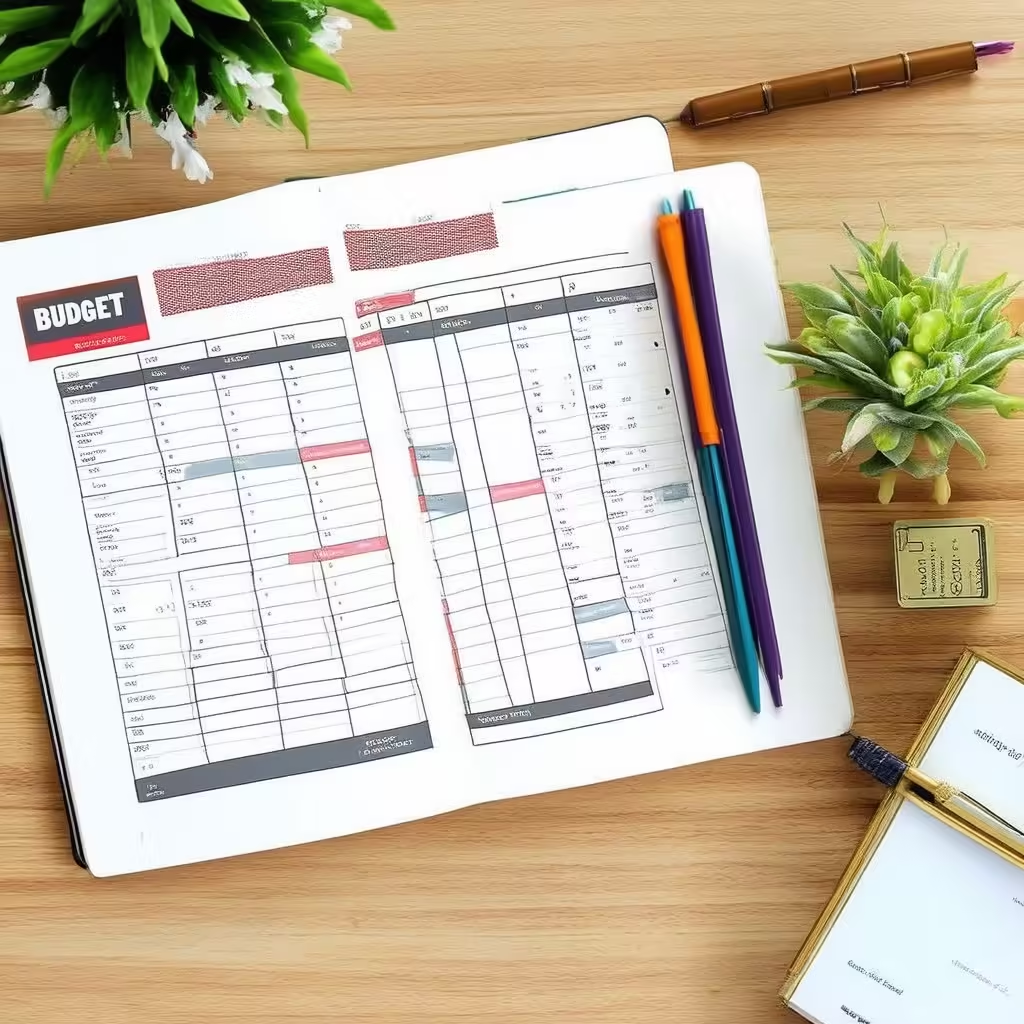
Save Receipts: Keep physical or digital copies of receipts for reference and to verify your spending.
Review Regularly: Set aside time each week or month to review your spending and compare it to your budget.
Step 4: Set Realistic Financial Goals
Your budget planner is a powerful tool for achieving your financial dreams. Set SMART (Specific, Measurable, Achievable, Relevant, Time-Bound) goals. For example:
Specific: “Save $10,000 for a down payment on a house.”
Measurable: “Save $500 per month.”
Achievable: “Reduce dining out expenses by $100 per month.”
Relevant: “Align savings goals with your long-term financial vision.”
Time-Bound: “Save $10,000 within two years.”
Step 5: Adjust and Refine Your Budget Planner for Success
Your financial situation and goals may change over time. Your budget planner should be flexible enough to adapt. Regularly review your budget, identify areas where you can cut back, and adjust your spending and savings accordingly.
H3: Budget Planner for Success: Your Key to Financial Well-being
Remember, your budget planner is a living document. By consistently tracking your spending, setting realistic goals, and making adjustments as needed, you’ll be well on your way to achieving financial success.

